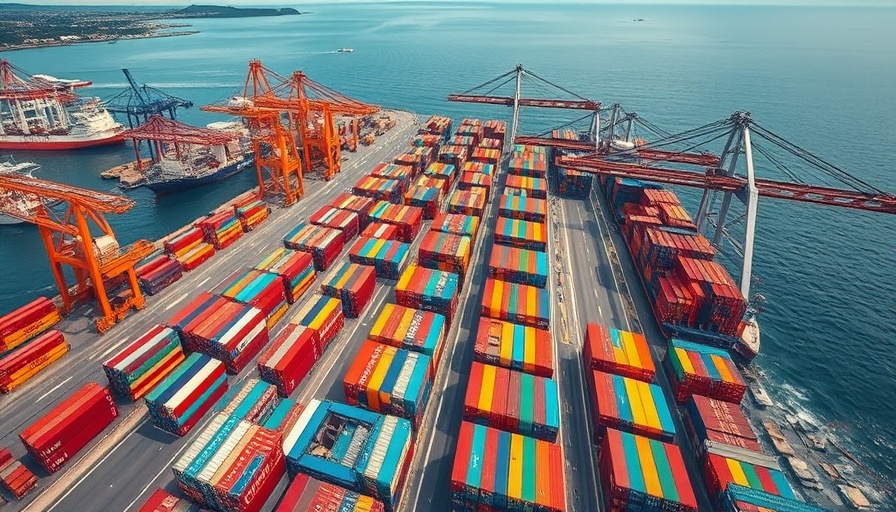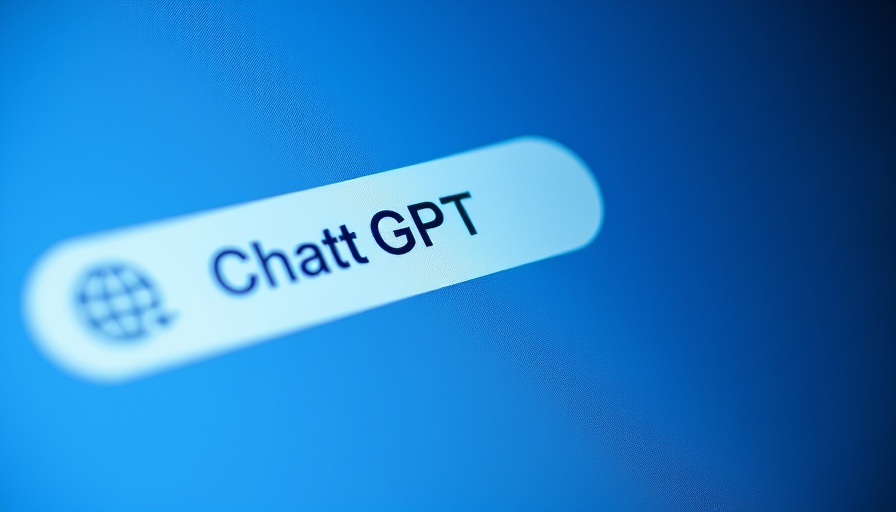
Did AI Influence the White House's Tariff Calculations?
In recent news, a question has emerged about the potential role of generative AI in determining the tariffs set to roll out on April 5. With notable models like ChatGPT, Google's Gemini, and xAI’s Grok producing similar outputs to those shared by the Trump administration, one cannot help but wonder: were these AI systems utilized in making significant policy decisions? The prospect raises both excitement and concern.
Understanding the Tariff Decisions
The tariffs, described as 'reciprocal tariffs' by the White House, were intended to address the ongoing U.S. trade deficits. However, critics including economist James Surowiecki have flagged potential inconsistencies in the methodology. He pointed to the equation provided by the Office of the U.S. Trade Representative, which divides the U.S. deficit by each country’s exports. This method, though conceptually simple, may not produce truly reciprocal tariffs as intended.
When economist Wojtek Kopczuk tested this calculation using ChatGPT, he found responses that mirrored the administration’s formulas. Similarly, entrepreneur Amy Hoy conducted her own examination, reaching identical conclusions with generative AI. This consistent output prompts further inquiry into the reliability and depth of using such AI tools for complex economic issues.
Implications of AI in Policy Making
The idea of using AI to inform policy decisions raises ethical and practical questions. As we move towards an increasingly digitized landscape, turning to AI for vital calculations may embrace efficiency at the cost of thoroughness. Critics caution that generative AI often offers oversimplified solutions to intricately layered economic issues, which could lead to unintended consequences, especially when decisions have far-reaching impacts on global trade dynamics.
Tariffs and Their Economic Impact on Consumers
Additional tariffs on imported goods, especially electronics, could lead to elevated consumer prices. The White House asserts that high tariffs can bolster U.S. manufacturing and generate additional revenue. However, the success of these tariffs hinges on true reciprocity in trade relationships—something experts argue may not be achievable through the current models employed.
Exemptions and the Global Trade Landscape
Despite the overarching changes, certain nations remain exempt from these newly proposed tariffs due to existing agreements. Notably, Canada and Mexico—two countries already facing heavy tariffs—are excluded from the new adjustments. Moreover, currently sanctioned nations like Russia and North Korea carry their own complexities that complicate the imposed tariffs. Such exemptions could discourage fair international trading practices.
The Future of AI in Decision-Making
As AI technology evolves, so too does its role in governance and economic forecasting. With influential figures like Elon Musk advising the Trump administration, the intersection of AI and policymaking is only likely to deepen. Furthermore, as entrepreneurs keenly monitor this landscape, adapting protocols and understanding potential repercussions will be crucial for their businesses moving forward.
Final Thoughts
As we reflect on these developments, it’s essential for entrepreneurs and professionals to remain engaged. Understanding the implications of AI in policy decisions not only informs business strategies but cultivates a necessary dialogue about the future of technology's role in governance.
For busy entrepreneurs, staying abreast of the latest AI news in 2025 and practical tips for utilizing AI tools can offer a competitive edge necessary in this rapidly changing landscape. Always be on the lookout for emerging trends, seeking innovative ways to leverage AI in your business while maintaining ethical standards.
Ready to take the next steps? Consider how new AI tools can improve your operations and keep your business thriving in an evolving technological environment.
 Add Row
Add Row  Add
Add 




 Add Row
Add Row  Add
Add 

Write A Comment